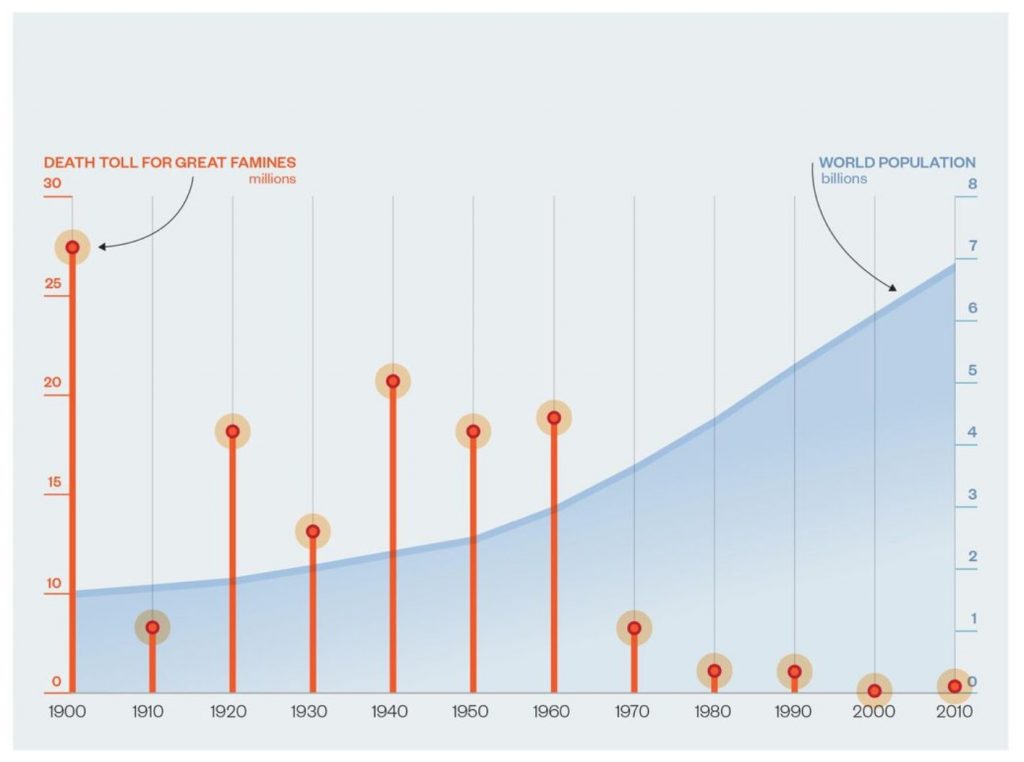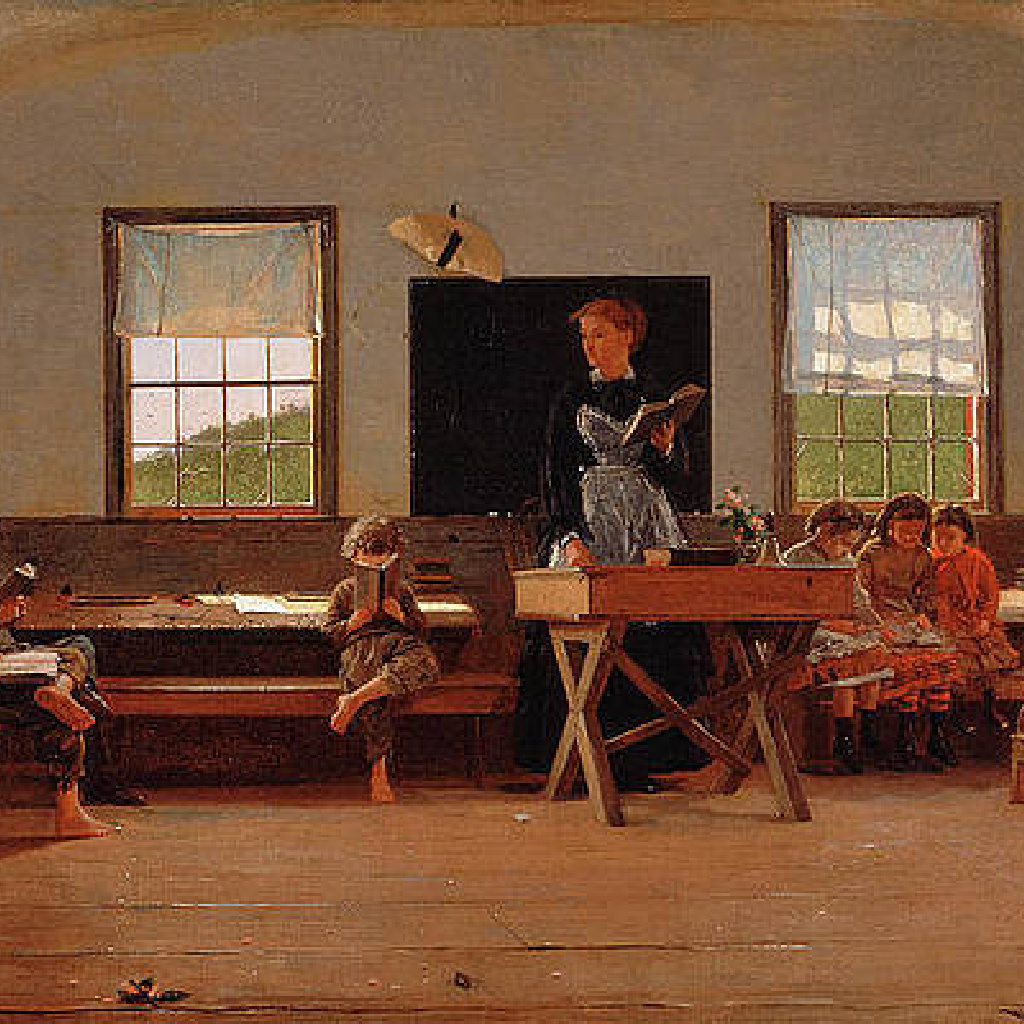The family I come from is small. My mother was one of three children and my father was an only child. I have only five cousins and one second cousin. I have just one niece and no nephews. My brother and sister are close in age to me, and because we lived far away from our parents’ relatives, there were never any babies around. I really didn’t spend much time thinking about babies. I assumed hypothetically that there might be a couple in my future, but I never aspired to be a mother.
My parents were intellectuals. Science was the religion in our home as I grew up. Our magazines were Time, Life, National Geographic, Smithsonian, and Scientific American. Because my father was a nerdy introvert and my mother was a thwarted socialite with Narcissistic Personality Disorder (NPD), our family was dysfunctional. This was difficult and heart-breaking for me, especially in my teens.
Groups were beginning to encourage public awareness of the link between population growth and environmental degradation.
Life changed for me at age 15 when I found religion—The Church of Jesus Christ of Latter-day Saints. I started watching the Church’s semiannual general conference on TV. It seems like in those days, the Tabernacle Choir sang a hymn called “Love at Home” at every meeting. I would watch and weep.
Once I learned to pray, I prayed for just two things—to be a member of the Church, and to have a happy family. Decades have passed. I am a member of the Church and I do have a happy family—a large one—consisting of six children, seventeen grandchildren (so far), and (almost) 6 great-grandchildren. I kind of wish there were more of us. When I imagine my life without the Church, I know I would have limited my family, sought more college degrees, and focused more on a career—that’s what my culture and parents would have expected of me.
I was actually a teen when the idea of Zero Population Growth (ZPG) became a thing. Groups were beginning to encourage public awareness of the link between population growth and environmental degradation. As the thinking went: When arable land is overburdened, people starve. When land is overburdened, environmental tragedies ensue. A little timeline:
- 1948—Road to Survival was published by William Vogt—the message being that when humans overpopulate they meet the same fate as animals that overpopulate—they starve.
- 1962—Rachel Carson published Silent Spring, exposing the environmental destruction caused by the indiscriminate use of pesticides.
- 1960s—Lake Erie was called a dying sinkhole.
- 1968—The Population Bomb was published by Paul R. Ehrlich and became a best-seller.
- 1969—The Cuyahoga River caught fire in Cleveland.
- 1970—Ehrlich (who had become something of a celebrity by now) predicted, “Sometime in the next 15 years, the end will come, and by ‘the end’ I mean an utter breakdown of the capacity of the planet to support humanity.” During this same year, The US Congress formally removed the obscenity label from contraceptives.
- 1972—The US Congress passed The Clean Water Act. Zero Population Growth activists also campaigned to help people and governments make the connection between a burgeoning population and environmental damage. And contraceptive rights were extended to the unmarried population.
- 1973—Roe vs Wade legalized abortion and elective sterilization. This is the same year that “Saturday’s Warrior” debuted at BYU as a play—later becoming a popular video among Latter-day Saints, where one of the antagonists in the play riles up the child in a larger family by singing, “Zero population growth is the answer, my friend!”
- 1975—The total fertility rate in the U.S. dropped from an average of 3.4 children per woman in the early 1960s to 1.8. And India sterilized 8 million women.
- 1970s – 1980s—There was a campaign to forcibly reduce the number of births in poor countries.
- 1979—China instituted its one-child policy and performed millions of forced sterilizations.
- 2019—The US fertility rate fell to 1.71.
- 2021—America is graying and cannot replace its dying citizens. The elderly will outnumber children by 2035.
The tipping point in convincing the world that ZPG is of utmost importance was in 1968 with the publication of The Population Bomb. Paul Ehrlich was an entomologist at Stanford University, who studied the relationship between plants and butterflies. He didn’t invest much time in writing The Population Bomb (3 weeks) and it got off to a slow start. Eventually, however, Ehrlich, who has a winning personality, reached an audience of millions by appearing on talk shows. As the book picked up steam, it sold millions of copies and became one of the most influential books of the century—as bestselling author Charles C. Mann wrote in the Smithsonian magazine:
Published at a time of tremendous conflict and social upheaval, Ehrlich’s book argued that many of the day’s most alarming events had a single, underlying cause: Too many people, packed into too-tight spaces, taking too much from the earth. Unless humanity cut down its numbers—soon—all of us would face “mass starvation” on “a dying planet.”
It soon became both immoral and selfish to have more than a couple of children. In the late ‘70s, my father took me and my then 4 kids to Disneyland. We stopped for lunch at a cafe in L.A. I promise the kids were well-behaved that day. Yet every single person (including the staff) turned around and glared at us in full “cancel culture” mode. It was more than obvious that they thought I was a planet-killer. A comment from one patron (You’re so selfish to have so many kids!”) sealed the deal. We left before we ordered our food.
The Zero Population Growth movement has been extremely successful and continues to be.
I went on to have 2 more children after that. By some measures, it’s large, American middle-class families who are the worst offenders in the world, because they are big consumers and trashers of the environment. However, my children have gone on to become good citizens, educated people, government servants, Peace Corps members, and military officers. Was it selfish to raise these children? Remarkably, that’s precisely the conclusion of many in our world today.
What God Says
God was and is ever-present in my husband’s and my personal decisions regarding our family, especially in deciding how many children to have. In a book Latter-day Saints look to as additional, modern-day scripture, the Doctrine and Covenants, Section 104, verse 17, the Lord says,
The scripture goes on to urge those who have plenty to share with those who have not:
Therefore, if any man shall take of the abundance which I have made, and impart not his portion, according to the law of my gospel, unto the poor and the needy, he shall, with the wicked, lift up his eyes in hell, being in torment.
In other words, God is calling attention to a problem with distribution, not with a lack of resources, which we have “enough and to spare.”
The Zero Population Growth movement has been extremely successful and continues to be. Many believe this is one overarching reason the United Nations’ health initiatives so consistently promote the right to abortion. But what God has said is proving to be true, citing again Charles Mann:
In fact, famine has not been increasing but has become rarer. When The Population Bomb appeared, according to the U.N. Food and Agricultural Organization, something like one out of four people in the world was hungry. Today the proportion of hungry is about one out of ten. Meanwhile, the world’s population has more than doubled. People are surviving because they learned how to do things differently. They developed and adopted new agricultural techniques—improved seeds, high-intensity fertilizers, drip irrigation.
This chart, created with information from the World Peace Foundation, Tufts; and the Food and Agriculture Organization, U.N., illustrates how hunger has diminished as the world’s population has dramatically increased:

Meanwhile, developed countries especially are waking up to the deleterious effects caused by encouraging population control. For instance, one South Korean city is providing significant financial incentives to families—essentially paying families to grow larger.
Its new policy grants loans of 100 million South Korean won, or about $92,000, to all married couples residing in the city. If the couple gives birth to one child, the interest on the loan would be waived. For two children, 30% of the loan principal would be forgiven. If the family has three children the entire loan is forgiven or becomes a grant.
Other countries are also offering perks to get their populations to increase. Globally, no less than 23 countries are expected to see their populations halve by 2100, according to a 2020 study published in the Lancet. The study made headlines around the world (despite the fact a number of important think tanks, such as the International Institute for Applied Systems Analysis in Vienna, have been predicting similar trends for years). The researchers at the University of Washington’s Institute for Health Metrics and Evaluation project have also predicted that the global fertility rate will fall below 1.7 (children per couple) by 2100.
An MSNBC special report on how America and the world are facing underpopulation summarized the trend in even more detail, noting:
- Millennial fertility in the US is down to 1.0.
- The US birthrate is now at its lowest level in 35 years.
- Women all over the world are more educated and more of them work, leading to smaller families.
- The age of mothers when they give birth is increasing.
- A lower birth rate yields fewer American-born workers and consumers.
- This means fewer workers to contribute to the support of the elderly (Social Security).
- Nations with negative birth rates have concerns about economic growth.
- Japan is the canary in the coal mine—the median age is 48. The birth rate is down near 1.4. They lose about 400,000 people from their population every year.
- Japan is trying to build more robots to replace workers. Robots can do work but they don’t consume anything.
- Poorer countries currently have growing populations, but as they develop, populations shrink. Many from these countries will migrate to developed countries to replace their shrinking workforce.
- Predictions show the world’s population peaking and then shrinking back to today’s size.
Statistics on a Personal Level
What do these things mean for day-to-day life when it comes to common people everywhere? Family disruption occurs in poorer countries when rural families lose their grown children to industrialized cities. In general, personal support dwindles as families get smaller and more people remain single (as in Sweden, where nearly half of adults are single). Economies are feeling the lack of young workers and the growing numbers of elderly who must be supported.
The decline of the family is likely a significant cause of increasing loneliness across all age groups and a lack of purpose and identity among young people. One of the fastest aging populations in the world, Japan, even has a name for dying alone, Kodokushi, literally the “lonely death.”

Granted, we have 6 children, not 11. The ability to decide how many children we have and when to have them is a modern gift that past generations didn’t have. For our personal good and the good of our countries and the world, we must choose wisely how and when to bring life into the world. Can we use our scientific advances and reason to prove that what the Lord said is true—that there is enough and to spare if we are wise with our resources? If we do so, perhaps we can avoid all the perils many still fear with overpopulation, while also avoiding the disasters that come with populations aging out and collapsing.
















